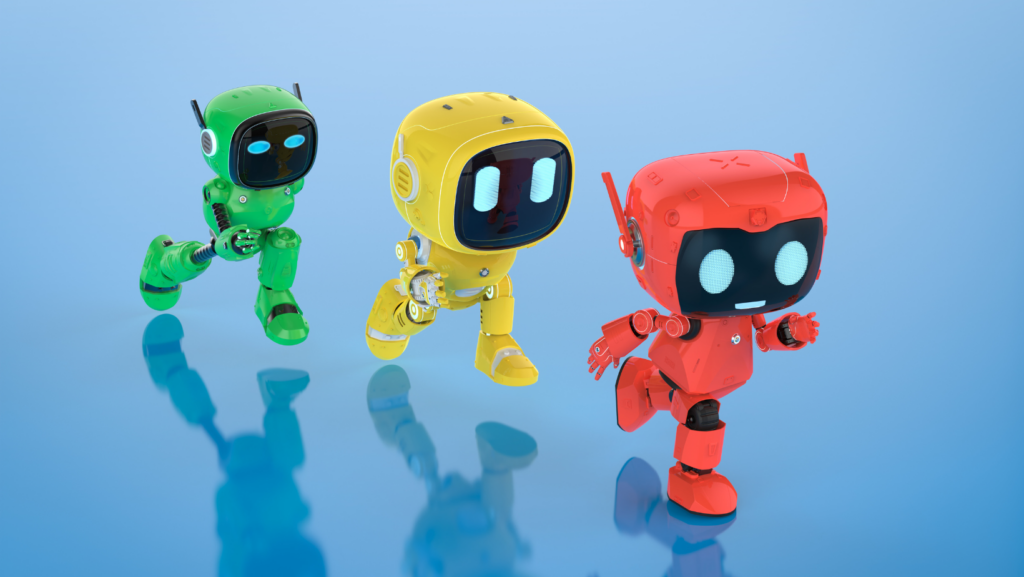In the rapidly evolving world of artificial intelligence, AI-generated art has emerged as a fascinating yet controversial frontier. As technology blurs the lines between human creativity and machine-generated creations, questions about the ethics of AI art ethics are increasingly pressing. Artists, technologists, and ethicists alike grapple with the implications of machines producing art that rivals human-made masterpieces.
The ethical considerations surrounding AI art ethics are complex, touching on issues of originality, authorship, and ownership. Who truly owns a piece of art created by an algorithm? Can a machine possess creativity, or is it merely mimicking human input? These questions challenge traditional notions of art and creativity, prompting a reevaluation of what it means to be an artist in the digital age.
As AI art ethics continue to advance, the dialogue around AI art ethics becomes crucial. Understanding these ethical dimensions helps navigate the future of creativity and technology, ensuring art remains both innovative and respectful of human values.
AI Art Ethics
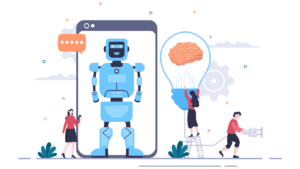
AI-generated art leverages advanced algorithms to produce visual compositions. These digital tools provoke discussions about the creative process and the intersection of technology and artistry.
What is AI-Generated Art?
AI-generated art uses machine learning models to create artwork. These models analyze existing art data, producing new visuals without human intervention. Artists and developers input various styles and themes, training algorithms to recognize patterns and generate novel pieces. Examples include the work of AI systems like DeepArt and Google’s DeepDream.
The Rise of AI in the Art World
The art world has seen a surge in AI use, driven by technological advances and growing interest in digital innovation. Galleries now showcase AI-created art, expanding traditional artistic boundaries. Auction houses like Christie’s have sold AI-composed works for significant sums, highlighting the demand for such creations. This movement challenges perceptions of creativity while offering fresh opportunities for collaboration between AI and human artists.
Ethical Concerns in AI Art
AI art raises various ethical issues that challenge traditional artistic values. These issues revolve around intellectual property, authenticity, originality, and the impact on human artists.
Intellectual Property Issues
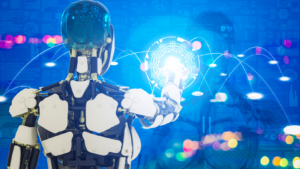
Intellectual property rights in AI art are contentious. When AI creates art, determining the rightful owner of these creations becomes problematic. The absence of a human creator complicates the attribution of copyright, leading to legal ambiguities. Current laws often don’t cover works made by non-human entities, creating a gap that needs resolution as AI becomes more integrated into artistic production.
Authenticity and Originality
Authenticity and originality are central to art’s value. However, AI-generated art blurs the lines between original creation and replication. Algorithm-driven models derive their output from vast datasets of existing art, which raises questions about the true originality of AI-created pieces. Art critics and consumers must grapple with whether these works hold the same intrinsic value as those produced by human hands.
Impact on Human Artists
AI art influences the human artistic community both positively and negatively. While it allows for new forms of collaboration and innovation, it also poses a threat to traditional artists by introducing competition from machines capable of producing high-quality art quickly. The ease of generating AI art could lead to an oversaturation of the art market, potentially undermining the value and recognition of human artists’ work.
AI Art and Cultural Implications
AI-generated art impacts cultural norms and practices by introducing technology into traditional art forms. This shift provokes discussions about representation and bias as well as cultural appropriation.
Representation and Bias
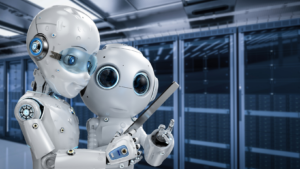
AI art algorithms can reflect the biases present in their training data. These biases affect how different cultures, groups, or ideas are depicted, often privileging dominant narratives while marginalizing others. If datasets used for training models lack diversity, AI art may perpetuate stereotypes or exclude minority groups altogether. Ensuring datasets include varied cultural representations can help mitigate this issue.
Cultural Appropriation
AI art can contribute to cultural appropriation if algorithms mimic or reproduce elements from specific cultures without proper context or acknowledgment. This practice raises concerns about exploiting cultural symbols or traditions for commercial gain by entities unfamiliar with their significance. Mitigating these issues involves conscientious engagement with cultural material and consultation with cultural stakeholders to respect and preserve cultural integrity.
